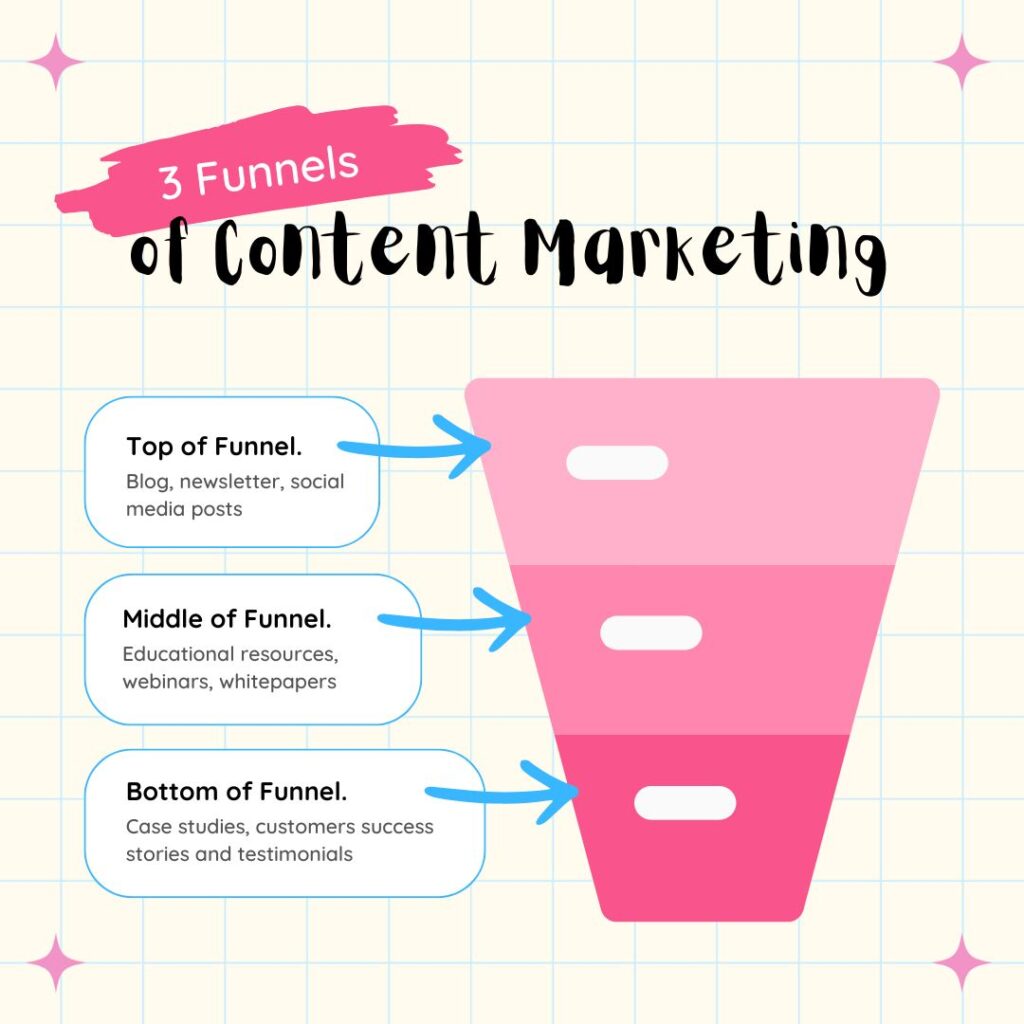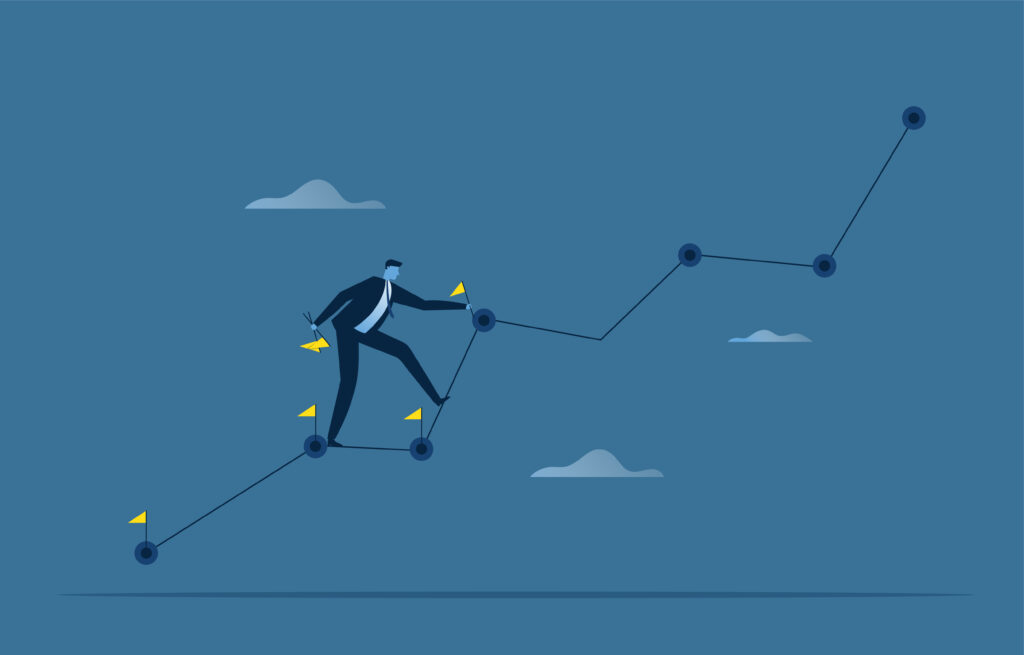Crafting the Perfect Digital Marketing Strategy for 2025

It All Started With a Missed Opportunity…
In 2020, a small eco-friendly skincare brand launched with everything right—great products, passionate founders, and a growing demand. But despite the potential, sales trickled in slowly. Why? They had no digital marketing strategy. No roadmap, no audience insights, no way to measure what worked.
Fast-forward to 2025, and the landscape is even more competitive. Without a clear digital marketing strategy, brands risk becoming invisible in a crowded online world.
So how do we build a strategy that actually drives ROI, engagement, and long-term growth?
Let’s break it down.
1. Define Clear Business Goals
Start with what you want to achieve: brand awareness, lead generation, sales, retention, etc.
Align digital efforts with business objectives.
Set SMART goals (Specific, Measurable, Achievable, Relevant, Time-bound).
2. Know Your Target Audience
Create detailed buyer personas using demographics, behavior, and pain points.
Research platforms where your audience spends time.
Understand their buyer journey—from awareness to conversion.
3. Build a High-Converting Website
Ensure it’s mobile-responsive and lightning-fast.
Optimize for both user experience and SEO.
Include clear CTAs and easy navigation.
Pro Tip: Many businesses see a 50% increase in conversion rate after optimizing their website UX (Source: Forrester Research).
4. Invest in Search Engine Optimization (SEO)
Research and target keywords that align with user intent (like digital marketing strategy).
Create high-quality content that educates and adds value.
Build authoritative backlinks and maintain strong technical SEO.

5. Leverage Paid Advertising
Utilize Google Ads, Meta Ads, and LinkedIn for targeted reach.
Set tight targeting filters based on interests, intent, and behavior.
Monitor ROAS (Return on Ad Spend) weekly and optimize accordingly.
6. Focus on Content Marketing
Publish blog posts, videos, and infographics regularly.
Address customer pain points and questions in each content piece.
Build trust and establish your brand as a thought leader.
If you’re struggling to map content formats to each stage of your funnel, Optiraven can help you streamline your entire content ecosystem with data-backed strategies.
7. Use Email Marketing Wisely
Segment your list based on user behavior or product interest.
Automate welcome sequences, cart abandonment, and drip campaigns.
Keep it personal—emails with the recipient’s name perform 26% better (Campaign Monitor).

8. Implement Social Media Marketing
Tailor content to each platform (Instagram for visuals, LinkedIn for B2B).
Encourage user-generated content and testimonials.
Use stories, polls, and live sessions to boost engagement.
9. Track the Right KPIs
Website traffic, bounce rate, CTR, CAC, ROAS, conversion rate.
Use tools like Google Analytics, HubSpot, or SEMrush.
Review performance monthly and adjust tactics accordingly.
10. Keep Testing and Improving
A/B test everything—from ad creatives to email subject lines.
Revisit strategy quarterly to keep up with trends.
Stay agile and adapt quickly when something isn’t working.
Need a personalized plan for your business? Don’t guess. Talk to our team at Optiraven and start building a digital strategy that actually works.

Conclusion: The Best Time to Start a Digital Marketing Strategy Was Yesterday. The Second Best? Today.
Digital marketing is no longer optional—it’s foundational. Whether you’re launching a product, scaling a service, or building a brand, a data-driven strategy ensures you reach the right people at the right time.
So the real question is: Are you ready to stop guessing and start growing?
FAQs
Q1. What’s the most important part of a digital marketing strategy?
A: The most critical part is defining your target audience and setting clear business goals. These guide your message, your channels, and your campaigns.
Q2. How often should I update my digital marketing strategy?
A: You should ideally review your strategy every quarter, but any major change in your industry, audience behavior, or product offering may demand a faster pivot.
Q3. Can small businesses really benefit from a digital marketing strategy?
A: Absolutely. With smart planning and low-cost channels like content marketing and SEO, small businesses can compete with larger brands effectively.
Q4. What’s the difference between digital marketing and traditional marketing?
A: Digital marketing is data-driven, trackable, and highly targeted. Traditional marketing (TV, print, radio) has broader reach but less precise control or feedback.
Q5. How long does it take to see results from digital marketing?
A: It varies. SEO may take 3–6 months, while paid ads can show results within days. Long-term content marketing builds momentum over time.